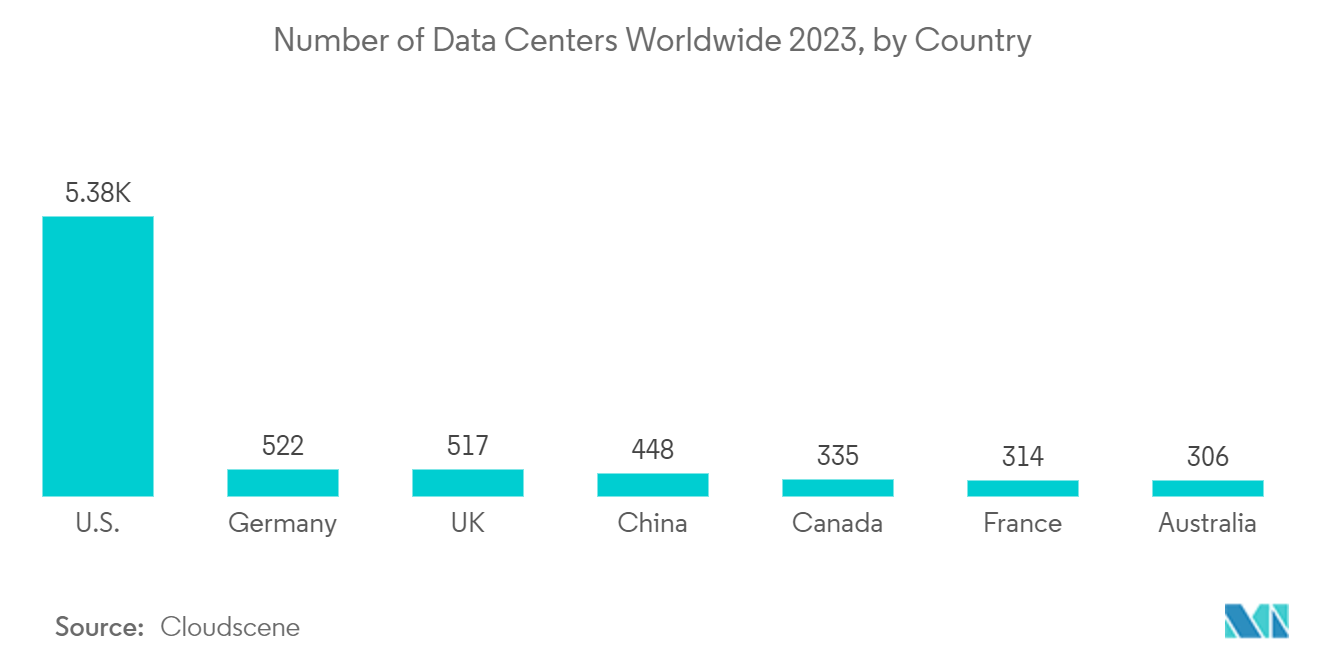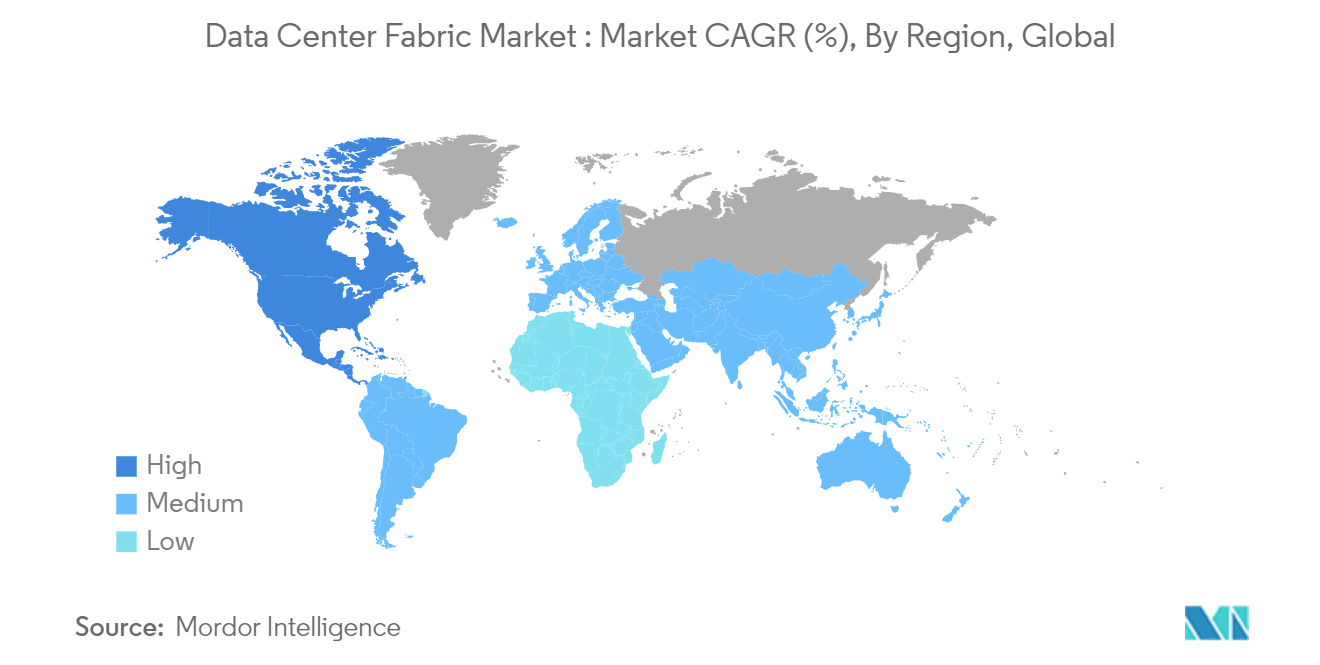Market Trends of Data Center Fabric Industry
Increasing Demand of Fabric Switches is Driving the Market
- Fabric switches play a critical role in reducing infrastructure costs by consolidating data centers. Ethernet switches and fiber channels serve as the foundation for bringing together server and storage networking in data centers that share a common infrastructure.
- The fabric infrastructure is highly scalable, allowing data centers to grow with the organization's increasing demands in the future. Compared to traditional networks, flattened networks' operational costs for networking decrease significantly, making fabric products an attractive option for organizations looking to reduce overall data center operation costs while increasing capacity.
- The rising cost of electricity, the adoption of cloud services, and the need for big data storage are motivating factors for organizations to install fabric products in their data centers. By doing so, they can reduce the overhead cost of power and cooling facilities by a considerable margin. As businesses increasingly seek to improve their performance by providing real-time application solutions to customers, flat network architecture becomes crucial for analyzing information stored in servers.
- Additionally, spending on networks by cloud and content service providers is expected to increase from core to edge data centers. On-premise migration to colocation facilities will decrease spending on 1/10GbE switches in developing nations and result in a significant increase in 25/100GbE switches in modern data center systems.

North America is Expected to Hold a Significant Market Share
- North America has experienced remarkable growth in data center infrastructure solutions due to the expansion of mobile broadband, the growth in big data analytics, and cloud computing. This growth is driving the demand for new data center infrastructures in the region.
- North America makes significant investments in research and development, which will result in the creation of next-generation facilities that are more technologically sophisticated and effective in terms of information management. Furthermore, the area is home to a number of data center infrastructure providers, which has greatly aided its quick growth and market share.
- However, the increase in data center infrastructures has led to high demand for the data center fabric market. The increased deployment of multi-core processor-based servers, the growing demand for virtualized servers that aid in running multiple applications on a single server, and the need for high-speed data transfer systems have led to an increased need for the high-bandwidth networking fabric market.
- The United States currently has the highest number of data centers globally and is witnessing robust growth in terms of the volume of big data and traffic due to the increase in the number of hyperscale data centers.


